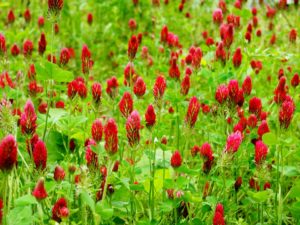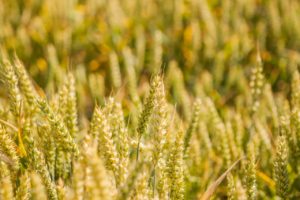Plant Cover Crops This Fall for Better Soils in 2021
go.ncsu.edu/readext?720587
en Español / em Português
El inglés es el idioma de control de esta página. En la medida en que haya algún conflicto entre la traducción al inglés y la traducción, el inglés prevalece.
Al hacer clic en el enlace de traducción se activa un servicio de traducción gratuito para convertir la página al español. Al igual que con cualquier traducción por Internet, la conversión no es sensible al contexto y puede que no traduzca el texto en su significado original. NC State Extension no garantiza la exactitud del texto traducido. Por favor, tenga en cuenta que algunas aplicaciones y/o servicios pueden no funcionar como se espera cuando se traducen.
Português
Inglês é o idioma de controle desta página. Na medida que haja algum conflito entre o texto original em Inglês e a tradução, o Inglês prevalece.
Ao clicar no link de tradução, um serviço gratuito de tradução será ativado para converter a página para o Português. Como em qualquer tradução pela internet, a conversão não é sensivel ao contexto e pode não ocorrer a tradução para o significado orginal. O serviço de Extensão da Carolina do Norte (NC State Extension) não garante a exatidão do texto traduzido. Por favor, observe que algumas funções ou serviços podem não funcionar como esperado após a tradução.
English
English is the controlling language of this page. To the extent there is any conflict between the English text and the translation, English controls.
Clicking on the translation link activates a free translation service to convert the page to Spanish. As with any Internet translation, the conversion is not context-sensitive and may not translate the text to its original meaning. NC State Extension does not guarantee the accuracy of the translated text. Please note that some applications and/or services may not function as expected when translated.
Collapse ▲Hi, this is Richard Boylan with N.C. Cooperative Extension of Watauga County to discuss planting cover crops now for better soils in 2021. Such green mulches will reduce weeds and enrich the ground during times the garden is otherwise idle. Options include nitrogen-fixers such as Crimson Clover, Winter Peas, or Hairy Vetch planted before the middle of September at 15-50 lbs. per acre. The lower-quantity is best for mixing with a grain cover crop such as wheat or barley at 80-100 lbs. per acre. Fields planted to such legumes or mixes should grow to full flowering the following Spring to maximize nitrogen fixation.
By late October, Cereal Rye is the cold-tolerant choice at about 120 lbs. to the acre. Ground getting only Cereal Rye is good for earlier working the following season.
In Springtime, cover crops can be tilled under, covered for several weeks with a tarp, or killed by other methods. For information about such options, call the Watauga County office at 828-264-3061.






